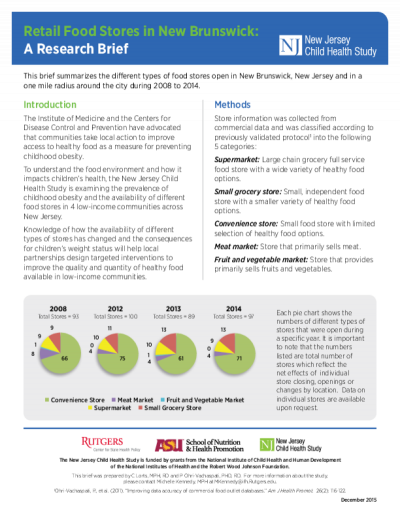
Women with breast cancer often experience weight gain during and after treatment, significantly increasing risk for recurrence as well as all-cause mortality. Based on a growing body of evidence, meditative movement practices may be effective for weight management. First, we describe the effects of stress on factors associated with weight gain for breast cancer survivors. Then, a model is proposed that utilizes existing evidence to suggest how meditative movement supports behavioral, psychological, and neurohormonal changes that may explain weight loss. Application of the model suggests how a novel "mindful-body-wisdom" approach may work to help reduce weight for this at-risk group.

Women participating in the aesthetic sports of cheerleading, gymnastics, dance, and swimming are more prone to develop eating disorders and higher levels of body dissatisfaction than non-athletes. In addition to successful performance levels, female athletes participating in shape-based sports are expected to maintain a contradicting thin-build body type that not only satisfies society’s standards to look thin but also demonstrates the strength required to perform in specific sports. Female athletes are faced with sociocultural pressures that can lead to adopting thin-idealism, and further result in serious effects on an athlete’s perception of themselves, as well as their physical health. Social comparison and diet culture are other factors that contribute to an athlete’s unhealthy behaviors, and society’s involvement in media to equate beauty with women who have thin bodies and persuade individuals to never feel satisfied with their appearance is so long-established that many athletes strive for perfectionism. This study evaluated the relationship between female athletes in aesthetic sports and their feelings towards their body composition, eating habits, and self-esteem through an online questionnaire. Statistical analysis was conducted to determine trends, if any, between subgroups of respondents (n=58) who identify between 18 to 25 years old and have previously or currently participated in cheerleading, gymnastics, dance, and/or swimming. Data revealed that a majority of respondents often feel insecure about how their body looks during sports participation, and often experience social comparison to their teammates/peers. The most frequent activity to change body composition resulted in skipping meals/hunger cues among cheerleaders, dancers, and gymnasts, while swimmers engaged most in exercising more than once a day. Athletes with 10 or more years of athletic involvement also stated that they moderately to strongly related to the statement: “I think a lot about looking thin.” Ultimately, analysis supports that the sports industry requires more awareness of the health risks associated with certain sports, and how athletes and their coaches lack health-related education regarding proper nutrition, exercise, and body acceptance.

Many factors influence children’s health behaviors and health outcomes. The Social Ecological Model (SEM) groups these factors into interactive layers, creating a framework for understanding their influence and for designing interventions to achieve positive change. The layers of influence in the SEM include individual, interpersonal, organizational, community, and policy factors.


This brief summarizes the different types of food stores open in New Brunswick, New Jersey and in a one mile radius around the city during 2008 to 2014.

Many factors influence children’s health behaviors and health outcomes. The Social Ecological Model (SEM) groups these factors into interactive layers, creating a framework for understanding their influence and for designing interventions to achieve positive change. The layers of influence in the SEM include individual, interpersonal, organizational, community, and policy factors (see figure). The New Jersey Child Health Study (NJCHS) was designed to examine how specific layers of the SEM, particularly food and physical activity environments in schools and communities, affect obesity outcomes in children

This brief summarizes the different types of food stores open in Camden, New Jersey and in a one mile radius around the city during 2008 to 2014.

This brief summarizes the different types of food stores open in Newark, New Jersey and in a one mile radius around the city during 2008 to 2014.